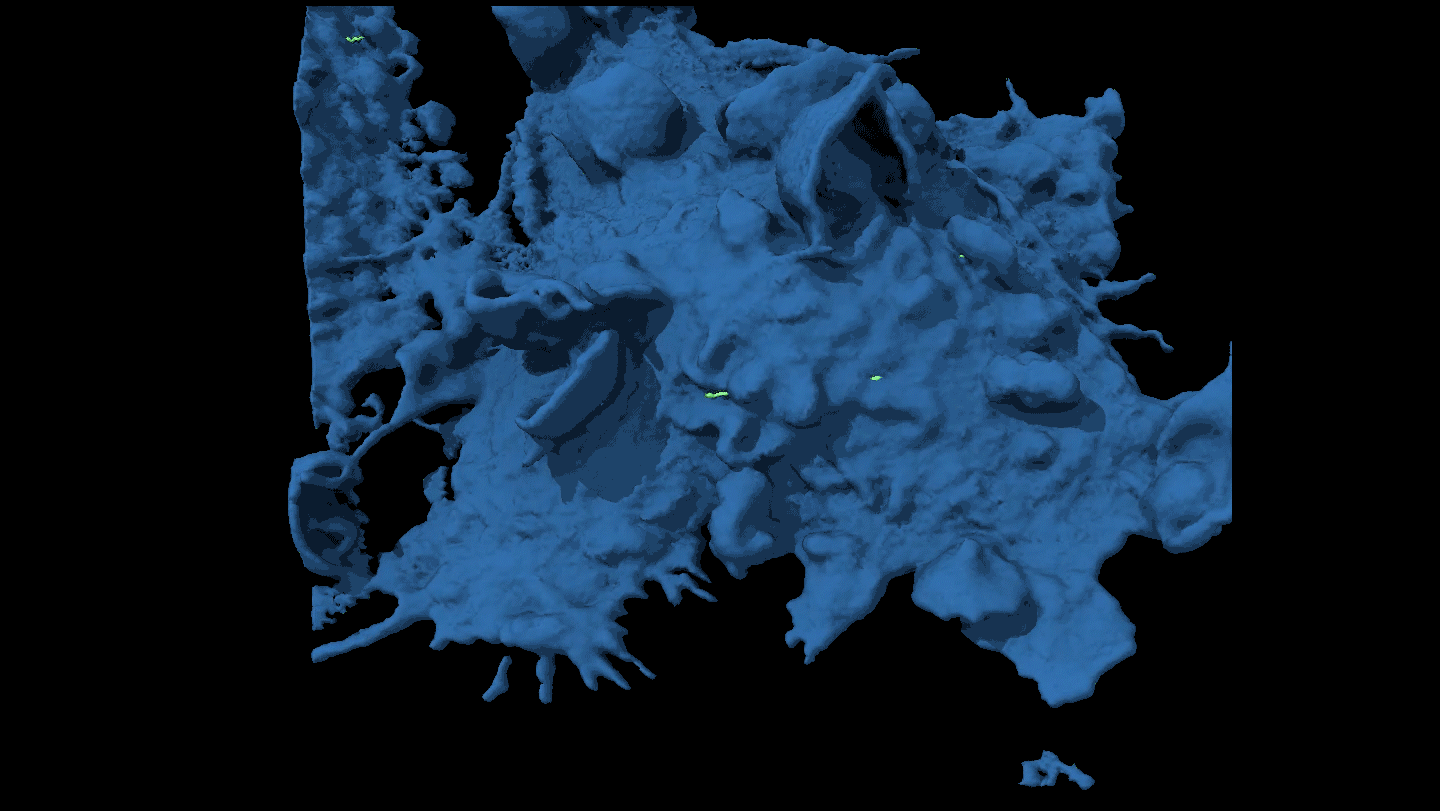- More than 2 years ago
View a video of a running elephant that participated in the study.

Elephants cruise on four-wheel drive and bendy knees using a gait different from most quadrupeds, a new study shows.
Whereas most four-legged animals use their front legs to stop and their back legs to go, elephants split the work evenly.
“There’s no obvious division of labor,” says study coauthor Lei Ren of the University of Manchester in England. “They all work together to achieve the same goals.”
Also, contrary to long-held belief, elephants’ legs are not stiff columns. Their joints allow more flex than horses’ do, and are almost exactly as bendy as human legs. The study was published online the week of March 29 in the Proceedings of the National Academy of Sciences.
Earlier studies had found that the bigger and heavier an animal is, the stiffer its legs are. Ren and his colleagues studied six Asian elephants to see whether they naturally stand and walk with their legs straight or bent. Pillarlike legs mean less work for muscles supporting the animal’s mass, says coauthor John Hutchinson of the Royal Veterinary College in London.
“If you lock your knees, your leg turns effectively into a pillar. You don’t need a lot of force from your muscles at all,” he says. “If you bend your legs, you can feel your muscles exerting more force.”
Based on this observation, scientists expected the super-sized elephant to have the stiffest legs of all.
The measurements were so difficult to make that no one had ever checked; it’s not easy to tell how an elephant’s joints are bending in their massive legs just by looking.
The researchers worked with Richard Lair and expert elephant handlers at the Thai Elephant Conservation Center in Lampang, Thailand, to install 16 custom-made force platforms — “essentially like a bathroom scale,” Hutchinson says — in the ground. The team placed reflective disks at key points on the elephants’ bodies and used seven infrared cameras to record the elephants’ movements as they walked or ran over the scales.
Herman Pontzer of Washington University in St. Louis says that the experiments are a technical step forward. “They’ve taken existing tools out there and put them together in a sophisticated way,” he says. “It’s always neat to see this stuff done with elephants, because it’s so hard to do the work.”
Combining data from the cameras and the force platforms allowed the scientists to compute how hard elephants’ muscles work to push the animal forward. The group found that the muscles provide only one-third the force that earlier models had predicted, indicating that elephants’ legs must be limber enough to act as levers to propel the animal forward.
Surprisingly, their legs provide almost exactly the same amount of leverage as humans’. “It’s ridiculously close,” Hutchinson says.
Elephants also tend to work their muscles harder as they shift from walking to running, another trait they share with humans. In this limited sense, “we think we can consider elephant limbs as a kind of big human limb,” Ren says.
It’s not yet clear what benefit elephants or humans get from having such pliant limbs, Hutchinson says, though it does explain why elephants run so slowly and infrequently in the wild.
Further 3-D analysis of the elephants’ movements showed that, rather than using the back legs as motors and the front legs as brakes the way most quadrupeds do, elephants use all four legs to stop and go. So instead of pushing off with the rear legs like a rabbit, an elephant pushes off with one front leg and the opposite rear leg. Hutchinson suggests this strategy could help the pachyderms move at a steady speed.
“They really do seem to act like four-wheel-drive vehicles, cruising along,” he says.
The team is now building computer models of each individual muscle, tendon and bone’s contribution to elephant motion. The models could be helpful in treating clinical problems like arthritis in elephants. They could also help figure out how dinosaurs got around.
“There’s got to be some weak link in the limb that prevents elephants from moving any faster than they do,” Hutchinson says. “If we can figure it out for elephants, it can help for other species as well.”







